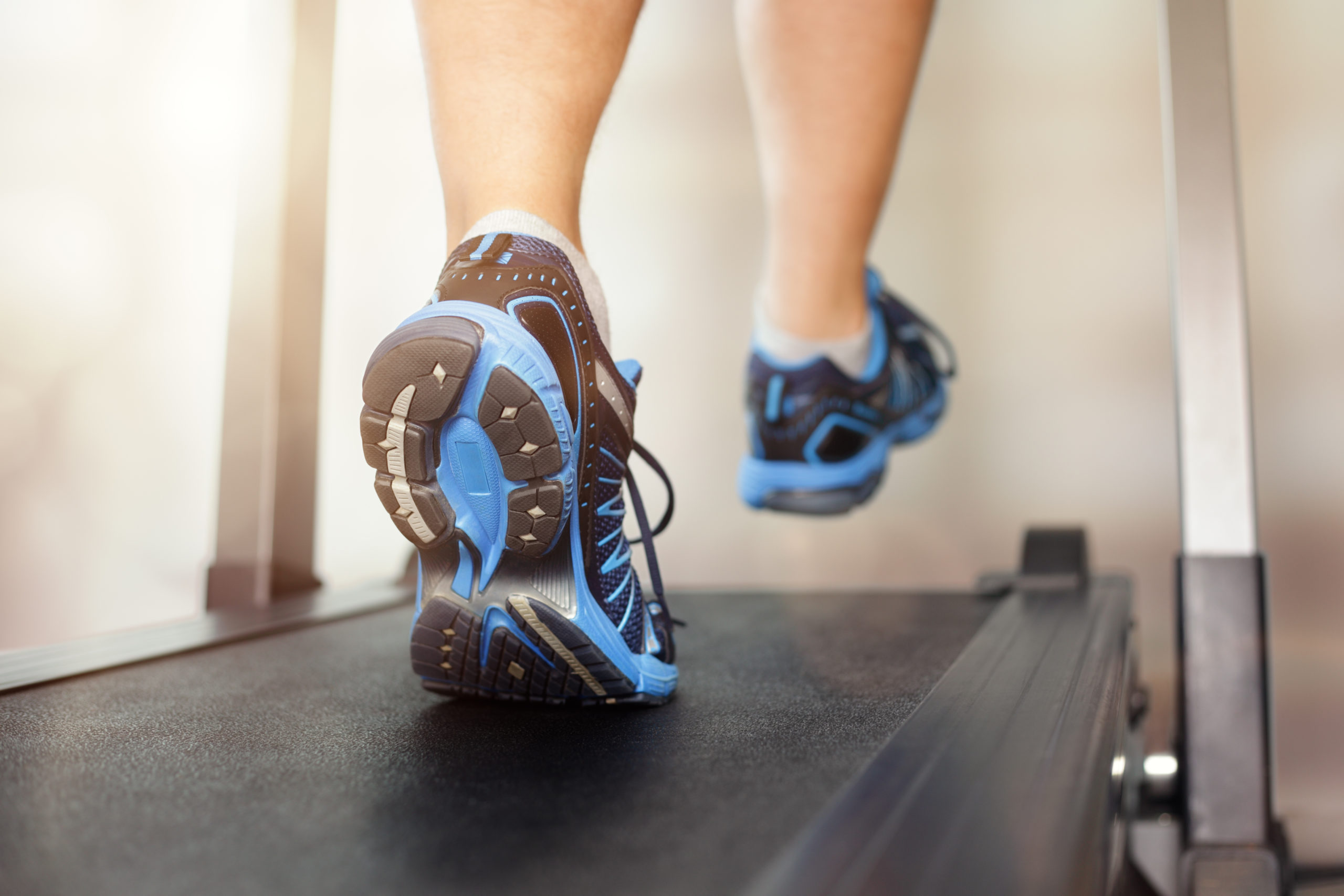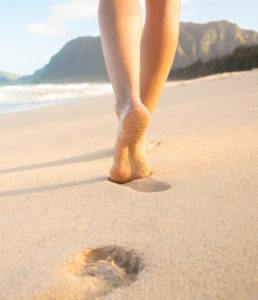
Our feet are intricate marvels of engineering, perfectly adapted to propel us across diverse landscapes. Yet, like any finely tuned machine, even slight deviations in motion can cause wear and tear. We have all experienced the blisters that form from an ill-fitting pair of shoes, or a sudden increase in activity.
Our skin reacts with blisters when something
happens for the first time, but when it happens repeatedly, the skin will thicken, and then form callus to protect itself from continuing irritation. Callus can form from either:
- Abnormal Friction: abnormal rubbing against the ground or footwear will irritate the skin, if it continues, it will cause callus at an ever-accelerating level. Think of a wornout shoe sole – the uneven surface creates friction, leading to faster wear and tear.
- Repetitive Stress: Repetitive stress on specific areas, even without excessive pressure or friction, can trigger callus formation. The way we walk and the activities we do, can lead to callus formation to protect our skin from repetitive stress. Once callus is formed, the skin is less pliable, so more prone to friction and stress.
While many factors, including footwear, contribute to callus development, the way we walk, plays a key role in their distribution and severity. Understanding how the way we walk can lead to callus formation is crucial, not just for resolving the discomfort, but for preventing future foot and ankle problems.
Our “gait cycle” can be broadly divided into two phases: stance and swing. In the stance phase, the foot bears our weight, transitioning from heel strike to push-off. Each phase involves complex interaction between bones, muscles, and ligaments, distributing load across different areas of the foot. When this load exceeds the skin’s capacity, the body
responds, initially with redness or blisters, and later by thickening the epidermis, (the outer layer of skin), forming a callus. This natural defence mechanism serves to protect deeper tissues from friction and irritation. Callus can then produce their own set of issues causing cracks and becoming painful, leading to infection and impacting mobility.
However, the location and size of callus can provide key clues to the underlying biomechanical imbalance. These culprits of callus include:
- The way our feet move: Pronation (the inward rolling of the foot during gait) is natural, but excessive pronation can cause callus formation on the inner foot, heel, and big toe. Its’ opposite, supination, when the foot rolls outwards excessively can cause calluses on the outer edge of the foot and the little toe.
Clawed or hammertoes: These curvy, contracted toes can create abnormal pressure points, where the curled toes rub against the ground, or on the top of the toe or between the toes. - High arches: Individuals with high arches have less surface area for weight distribution, this can lead to concentrated pressure points and callus formation on the ball of the foot or the heel.
- Leg length discrepancies: Uneven leg lengths can cause the pelvis to tilt, altering the foot’s biomechanics and leading to asymmetrical calluses (where the left foot follows a different callus pattern to the right).

For those with compromised health situations, for example, rheumatoid arthritis or diabetes, callus formation can lead to serious complications, including ulceration and infection, even resulting in amputation.
Understanding how biomechanical gait impacts callus formation empowers us to take proactive steps. By paying attention to our feet, acknowledging early signs of pressure overload, and seeking professional guidance from a podiatrist, we can prevent the debilitating effects of calluses and keep our feet happy on their journey.
Treating calluses solely with topical remedies, pumice stones or having your podiatrist debride (remove) them only addresses the symptom, not the root cause. Addressing any biomechanical imbalance is crucial for long-term prevention. This may involve:
- Gait analysis: A podiatrist can analyse your gait pattern to identify any abnormalities.
- Orthotics: Customised shoe inserts can help correct pronation, supination, or other
gait deviations, help correct gait abnormalities by redistributing weight and reducing
pressure on specific areas, resulting in pressure more evenly on the foot. - Strengthening Exercises: Targeted exercises can improve muscle stability and
support, promoting a more balanced gait. - Stretching: Tight muscles can contribute to gait deviations. Stretching exercises can
improve flexibility and range of motion, allowing for a more natural foot strike. - Proper Footwear: Choosing shoes that fit well and provide adequate support is
crucial for preventing calluses, can provide additional cushioning and prevent
excessive friction.
It is also important to note that a holistic approach, such as increasing your daily water intake and quitting smoking, will also have a significant impact on callus development.
Take into consideration, that your feet are the foundation of your movement. By understanding how biomechanical gait can impact callus formation, you can take proactive steps to protect your feet and prevent future complications. Remember, healthy feet are happy feet, and a smooth gait paves the way for a comfortable and active life.
References:
Giurato L, Andrea P, Meloni M, Pecchioli C, D’Ambrogi E, Uccioli L. Risk Factors for Ulcer Recurrence in Diabetic Patients Managed by an Integrated Foot Care Protocol. The International Journal of Lower Extremity Wounds. 2023;0(0). doi:10.1177/15347346231191583
Jones AD, Crossland SR, Nixon JE, Siddle HJ, Russell DA, Culmer PR. STrain Analysis and Mapping of the Plantar Surface (STAMPS): A novel technique of plantar load analysis during gait. Proceedings of the Institution of Mechanical Engineers, Part H: Journal of Engineering in Medicine. 2023;237(7):841-854. doi:10.1177/09544119231181797
Kakagia DD, Karadimas EJ, Stouras IA, Papanas N. The Ageing Foot. The International Journal of Lower Extremity Wounds. 2023;0(0). doi:10.1177/15347346231203279
Raquel Sánchez-Rodríguez, Rodrigo Martínez-Quintana, Alfonso Martínez-Nova, Magdalena MartínezRico, Juan Diego Pedrera-Zamorano, Esther Chicharro-Luna. Correlation between the foot pressure index and the prevalence of plantar hyperkeratosis. Journal of Tissue Viability, Volume 32, Issue 3, 2023, Pages 401-405, ISSN 0965-206X, https://doi.org/10.1016/j.jtv.2023.05.007.

